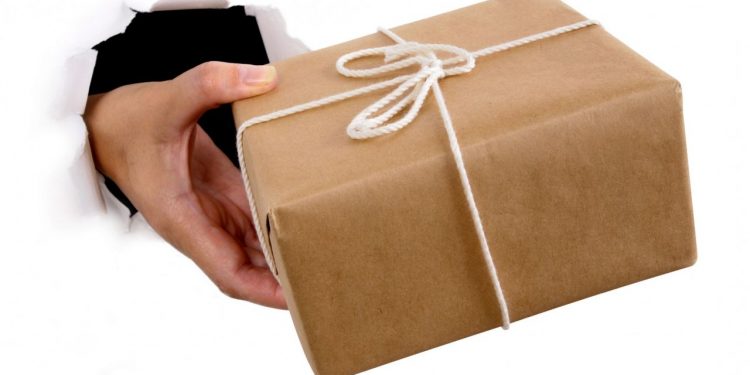A corrugated box, also known as a cardboard box, is one of the most commonly used packaging materials in the food and retail industry. Corrugated boxes comprise three fiberboard layers and offer maximum protection for anything placed inside.
Each cardboard box from top packaging companies like The Boxery goes through multiple tests to ensure it has all the required characteristics, such as strength, thickness, crush resistance, etc., to withstand heavy weight and safely deliver the items to your customers. With that said, not all cardboard boxes are the same.
Corrugated boxes are available in different strengths and sizes, each having a distinctive purpose. Finding the perfect shipping box for your business will ensure your packaging is safe, unique, and attractive. This article will list the pros and cons of different types of cardboard boxes and help you find the best fit for your packaging needs.
Before we move on to the types, it’s important to understand the construction of corrugated boxes. A cardboard box is made up of three fiberboard layers, two outer layers that are flat and made of kraft paper, and one inner layer, which is wavy and made of virgin or recycled paper. The middle layer, known as the medium, determines the thickness and strength of the box.
Single Wall Corrugated Boxes
These cardboard boxes consist of one sheet of corrugated material. They are lightweight, cost-effective, and easy to handle. However, they are unsuitable for heavy-weight and fragile items as they aren’t strong enough to withstand impacts.
Pros
● Lightweight and cost-effective.
● Used for lightweight items like jewelry, stationary, etc.
Cons
● It cannot withstand much weight and is unsuitable for heavy items.
● Not stackable and will collapse under high pressure.
Double Wall Corrugated Boxes
These boxes consist of two sheets of corrugated material and are a thicker alternative to single-wall corrugated boxes. They are durable and reliable and can withstand up to 65 pounds. They are suitable for fragile and heavyweight items like books and electronics and are most commonly used by businesses.
Pros
● Durable and reliable.
● Stronger than single-wall boxes.
● Useful for shipping heavy items.
Cons
● Expensive and can increase overall shipping charges.
● Difficult to handle.
Triple Wall Corrugated Boxes
These boxes consist of 3 layers of corrugated material and are the most expensive option. They are rarely used in retail and are only considered for high-value, heavy items.
Pros
● By far the most durable and reliable boxes.
● Recommended for electronics and spare machinery parts.
Cons
● Incredibly expensive.
● Limited usage.
● Very heavy – even without the items inside.
Conclusion
Regardless of shape or size, corrugated boxes offer maximum protection due to their recycled content, complex construction, and sustainability. Aside from these, a cardboard box is also ideal for businesses as it allows manufacturers to print the boxes and add a brand’s name, logo, slogan, and disclaimers. It helps capture the customer’s attention and improves brand image.
Besides the cardboard box type, multiple other factors should be considered when buying these boxes in bulk, such as material, thickness, flute grade, and size.















